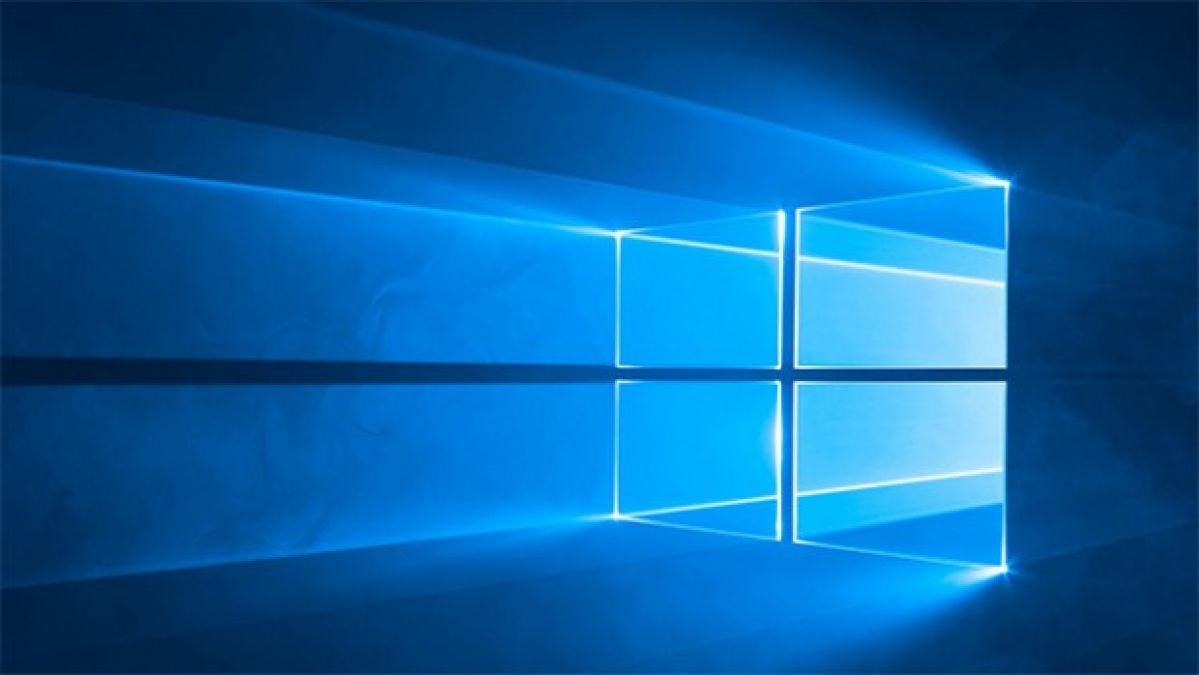
We'll have to turn off a lot of "decorations" and minor functions, but the result is worth it.
1. Simplify the interface
Cute translucent “Start” may well have an impact on the speed of the system, especially if you have an inexpensive laptop with a budget processor. Turning off transparency will free up some resources that can be directed to perform higher-priority tasks.
To do this, you need to go to “Start” → “Settings” → “Personalization” → “Colors” and then switch the “Transparency Effects” switch to the “Off” position.
2. Turn off visual effects
Animation effects, smooth scrolling, and various shadows further affect system performance. Disable all this can be literally with one click.
To do this, open the “Control Panel” (you can find it through the search) and then follow the steps: “System and security” → “System” → “Advanced system parameters” → “Parameters” on the “Advanced” tab. Now in the section "Visual effects" you need to note "To ensure the best performance."
In the same place, you can simply uncheck the effects that are least important to you, leaving only the necessary ones.
3. Unload the Start menu
If you do not use live tiles in the Start menu, you can completely discard them, since they also consume resources. To clear the "Start", leaving only a list of programs, you need to unfasten all the tiles one by one. To do this, click on each button with the right mouse button and select "Detach from the initial screen".
4. Turn off notifications and tips.
Notifications from applications and other senders can load the system upon the first launch of certain programs and in particular browsers. To turn off all annoying Windows 10 notifications, go to “Start” → “Settings” → “System” → “Notifications and Actions” and turn the upper switch to “Off”
unloading system resources will also allow the rejection of tips, tips, and recommendations of Windows. You can disable such assistance in the same section of the parameters below.
5. Clean the disc
Cleaning the disk and removing garbage from the memory must be performed systematically. This is a mandatory procedure to maintain a high level of system performance, especially in the face of a shortage of free hard disk space.
Cleaning can be performed by third-party programs, such as CCleaner, or using a standard utility. To run the latter, you can simply type in the search for Windows "Disk Cleanup" and open the proposed option. Further, it will be required only to note that it is possible to delete.
6. Remove unnecessary from autoload
If when the PC is turned on, the system boots for a long time and continues to think about something even after the appearance of the desktop, you should check the list of programs at the startup. It is likely that there will be something that can be removed, facilitating the initial launch.
To do this, open the Task Manager with Ctrl + Alt + Del or Ctrl + Shift + Esc, then go to the “Startup” tab. To identify the heaviest components, you can sort the list by the "Influence on launch" column. It remains to choose unnecessary programs and disable them.
7. Troubleshoot the system
Windows 10 provides a standard tool for finding and fixing problems. With it, it is quite possible to fix some pop-up errors that slow down the work of the entire system.
You can access this debugger via “Options” → “Update and Security” → “Troubleshooting”. In the window that opens, start the test from any section where any errors occurred.
8. Configure antivirus
If you do not have a top-end computer with the most powerful hardware, you should lower the level of protection of your antivirus by preventing it from performing a systematic check of the PC memory. You can also search for potential threats in manual mode, when the computer does not perform other tasks.
Particularly high load on the system can have two antivirus installed on a PC for maximum reliability. Make a choice in favor of one remedy and discard the less useful.
9. Change privacy settings
Windows 10 by default monitors some user actions and sends reports to Microsoft. These background actions cannot help but waste system resources, which is especially noticeable on weak computers.
Such surveillance is disabled in the privacy section of the system settings. There you need to turn off the first three functions in the “General” subsection, and also select the bulk of the data to be sent and the frequency of “Never” feedback in the subsection “Reviews and Diagnostics”.
10. Change the power plan
In the case of laptops, the chosen power management scheme can affect the system performance. When working from the network should always be selected scheme with high or at least balanced performance. The "Energy Saving" option is designed for autonomous use of a laptop, when it is important to maximize the use of battery power.
Power management can be accessed through the “Control Panel” → “System and Security” → “Power Supply”.